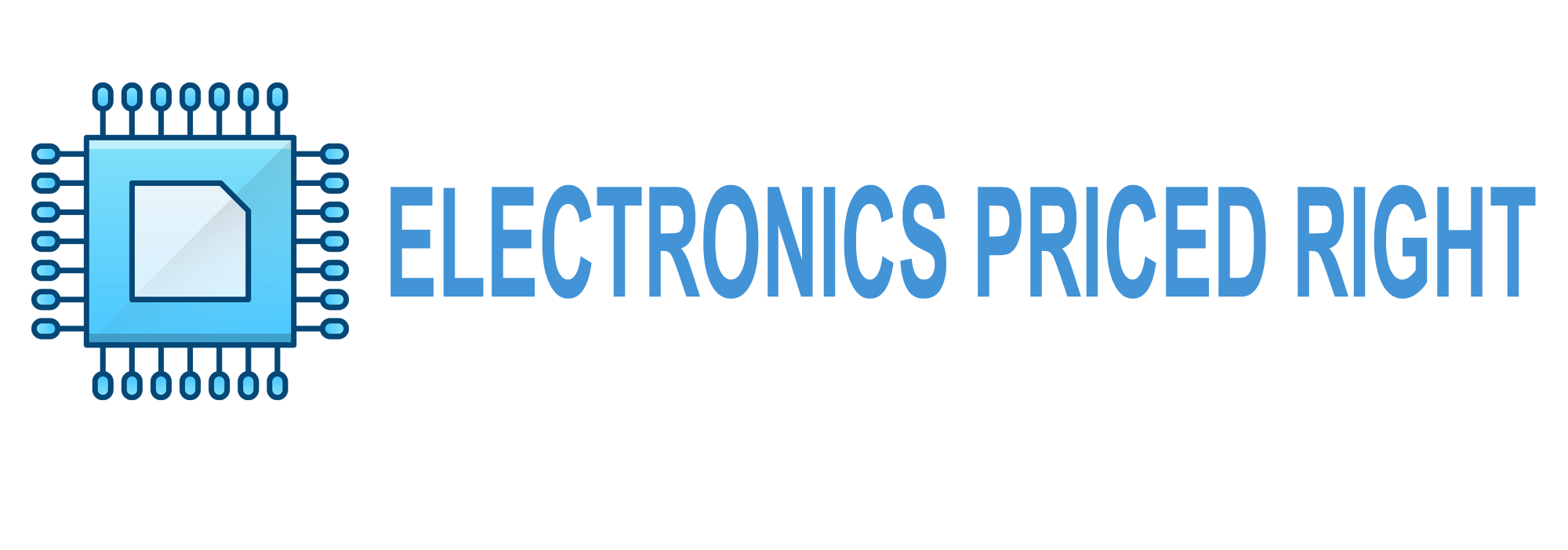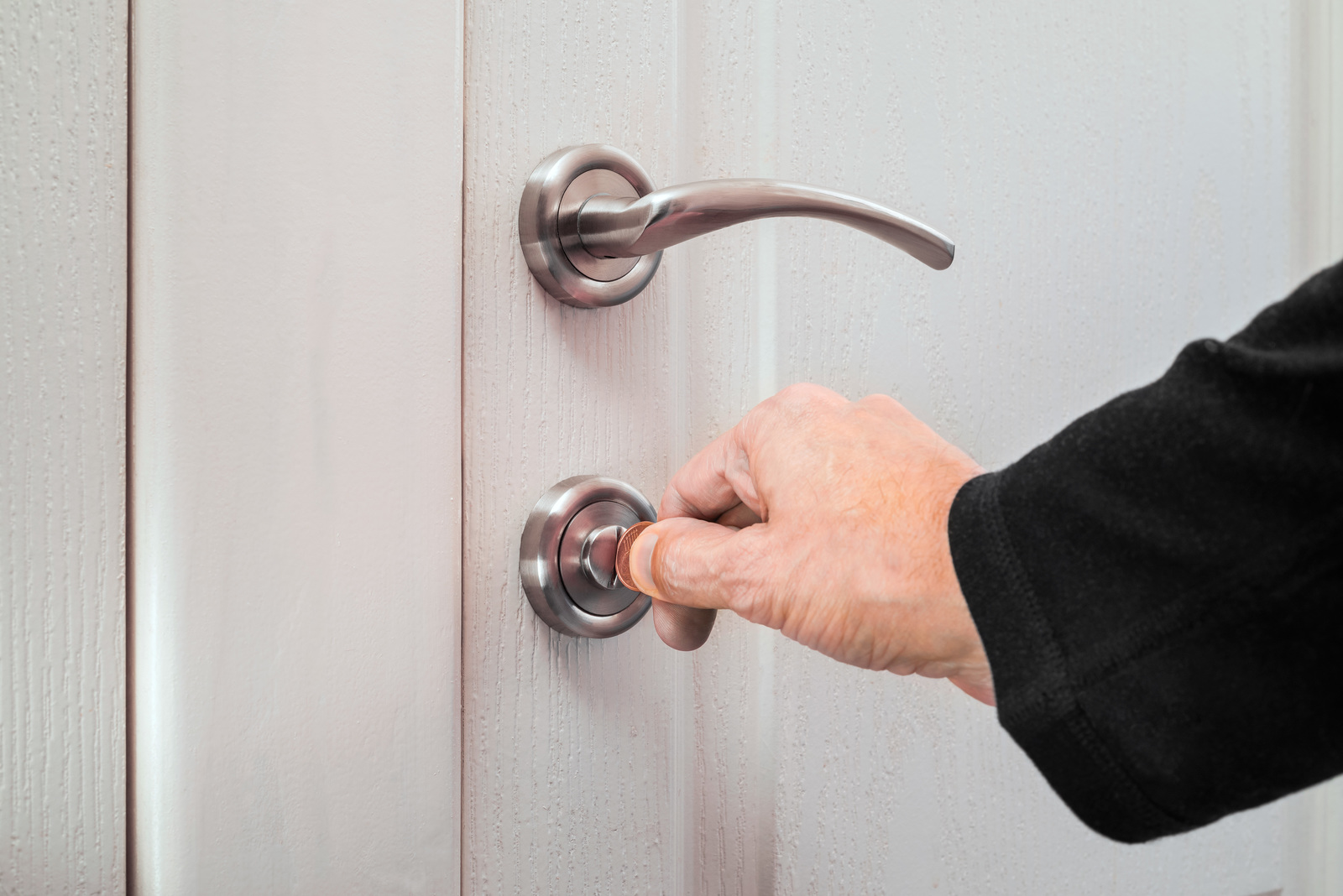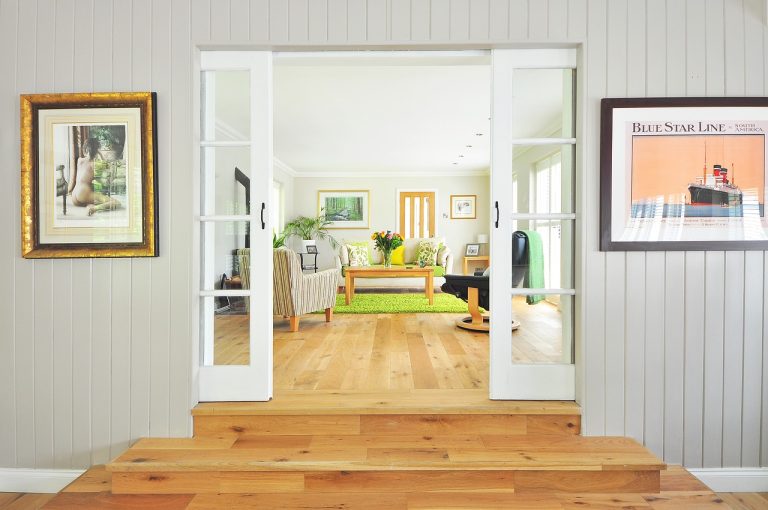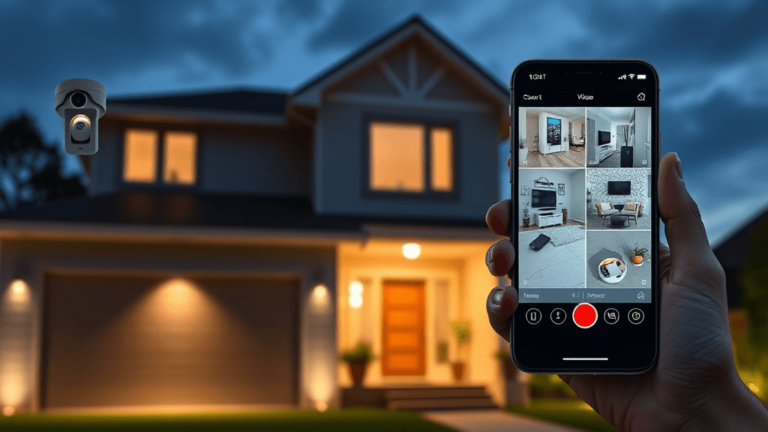To upgrade your rental’s deadbolt for better security, start by understanding different types like single-cylinder, which is easy to use but less secure near glass, and double-cylinder, offering higher security but can pose an evacuation risk.
Keyless options enhance convenience with code access. Check your lease agreement for modification permissions.
Evaluate your security needs based on crime rates, property layout, and budget. Installations may require specific tools, and hiring a locksmith guarantees proper fit and function.
Choose a lock grade that balances security and cost, with Grade 1 offering the highest durability. Explore these aspects to enhance your rental’s security.
Main Points
- Assess local crime statistics and property vulnerabilities to identify security needs for a deadbolt upgrade.
- Review lease agreements and communicate with the landlord to obtain permission for deadbolt modifications.
- Consider non-invasive smart locks that enhance security without permanent changes to the door.
- Choose lock grades based on security needs, with Grade 1 offering the highest protection.
- Hire a locksmith for professional installation to ensure deadbolt functionality and security.
Understanding Deadbolt Types
When upgrading your rental’s security, understanding the various types of deadbolts is essential. Deadbolts provide enhanced protection compared to standard locksets by using a solid metal bolt that extends into the door frame.
There are three main types: single-cylinder, double-cylinder, and keyless. A single-cylinder deadbolt uses a key on the outside and a thumb turn on the inside, offering convenience but potentially less security if there’s nearby glass.
Double-cylinder deadbolts require a key for both sides, increasing security but posing an evacuation risk in emergencies. Keyless deadbolts use electronic or smart technology, allowing access through codes or smartphone apps, offering convenience and eliminating the need for keys.
Each type has its benefits and drawbacks, so choose based on your specific security needs. For more tips and advice on upgrading your security, check out essential deadbolt tips for renters that can provide further guidance in making the best choice for your situation.
Evaluating Security Needs
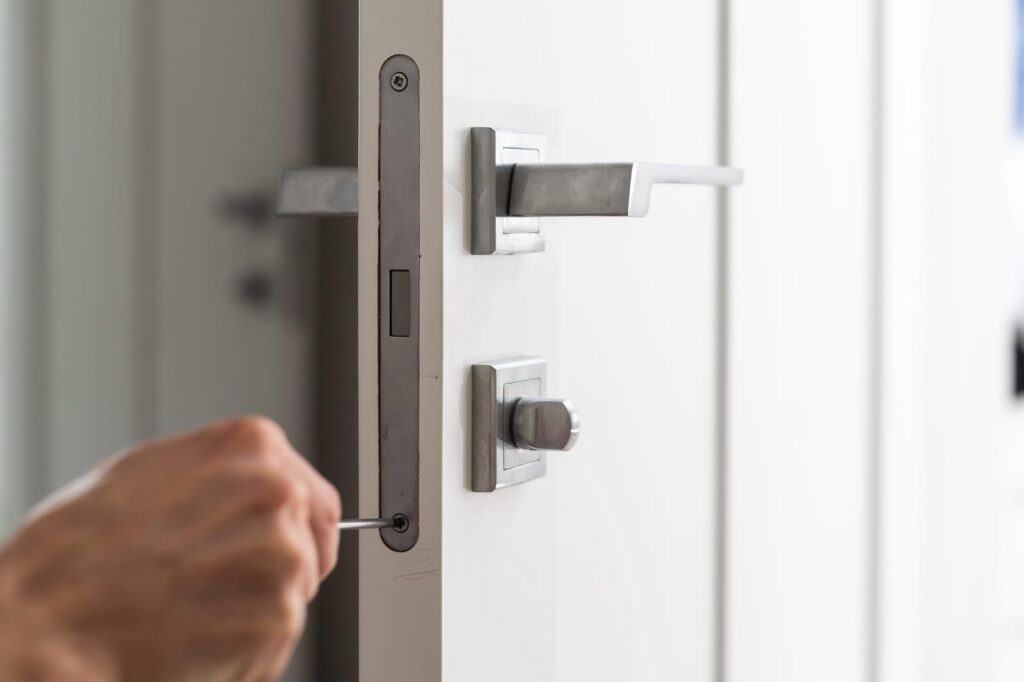
To effectively enhance your rental’s security, you must first analyze your specific security needs. Begin by evaluating the area’s crime rate; local police departments often provide statistics online.
Consider the property’s layout and access points, identifying vulnerable spots like sliding doors or low windows. You might also consider smart locks for rental properties as they offer added convenience and security.
Determine if your unit has existing security features, such as peepholes or security cameras, and assess their effectiveness. Think about your safety concerns, like whether you live alone or have valuable possessions. Understand the lease terms regarding modifications, as some landlords might have restrictions.
Finally, consider your budget for upgrades. If you’re tech-savvy, you might prefer smart deadbolts, which allow remote access. This evaluation guides you in choosing the right deadbolt to guarantee peace of mind.
Installation Considerations
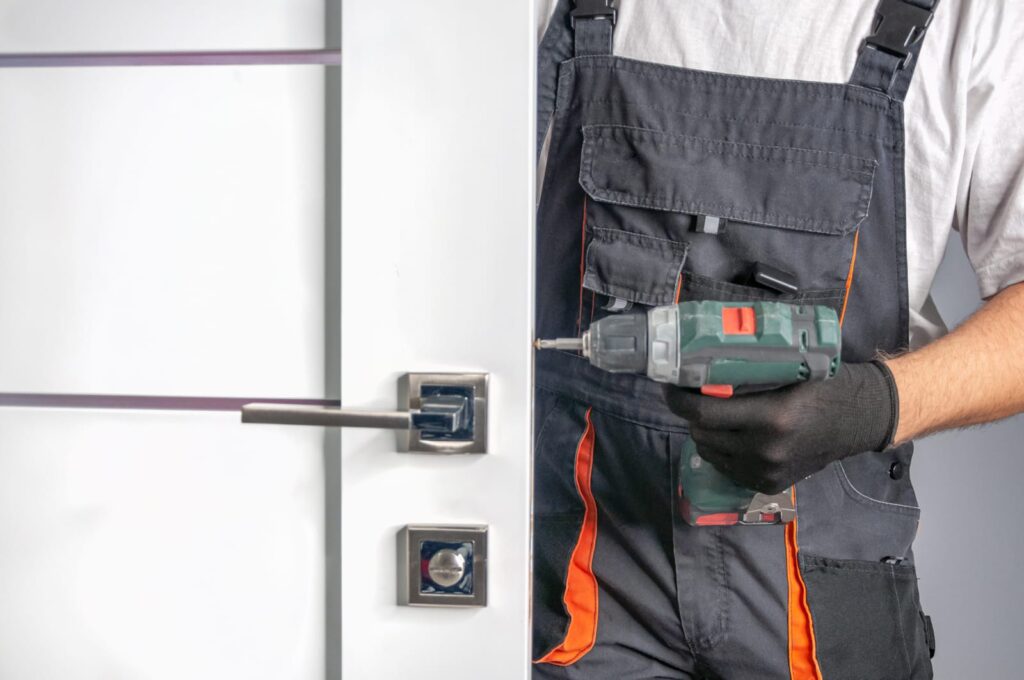
After evaluating your security needs, it’s time to focus on the practical aspects of installing a deadbolt in your rental property.
First, check your lease agreement to verify you’re allowed to make modifications. Some landlords require permission before any installation. If you’re looking for additional security without making permanent changes, consider upgrading your door strike plates with renter-friendly options.
Next, consider the type of door material; hollow-core doors offer less resistance compared to solid wood or metal. You’ll need a drill, screwdriver, and possibly a hole saw to accommodate the deadbolt.
Measure accurately to align the deadbolt with the existing door frame. Misalignment can compromise security and functionality. If you’re uncertain about your skills, hiring a professional locksmith guarantees proper installation. Always keep the original hardware to restore the door when you move out, maintaining your deposit.
Choosing Lock Grades
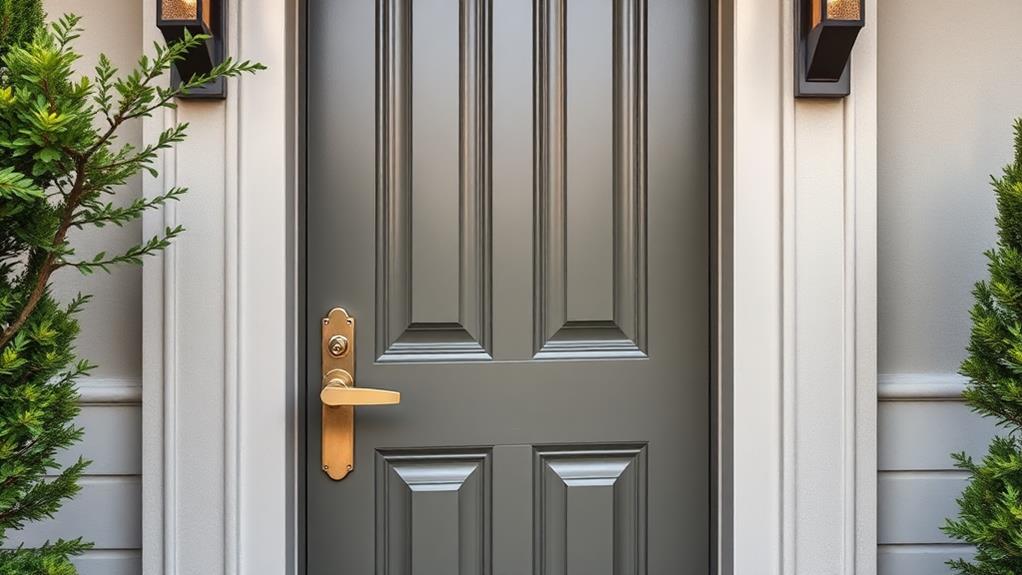
Among the many decisions you’ll face in upgrading your rental’s security, choosing the right lock grade is essential. Lock grades, established by the American National Standards Institute (ANSI), indicate the durability and security level of a deadbolt.
Grades range from 1 to 3, with Grade 1 offering the highest security, suitable for commercial settings, but often a great option for renters seeking robust protection. Consider integrating diy smart locks to enhance your rental’s security further.
Grade 2 provides a good balance of security and affordability, making it popular for residential use. Grade 3, while the least secure, still meets basic safety standards.
When selecting, prioritize your security needs and budget. Assess potential risks in your area, and decide whether higher-grade locks offer the peace of mind you desire.
Balancing Security and Agreements
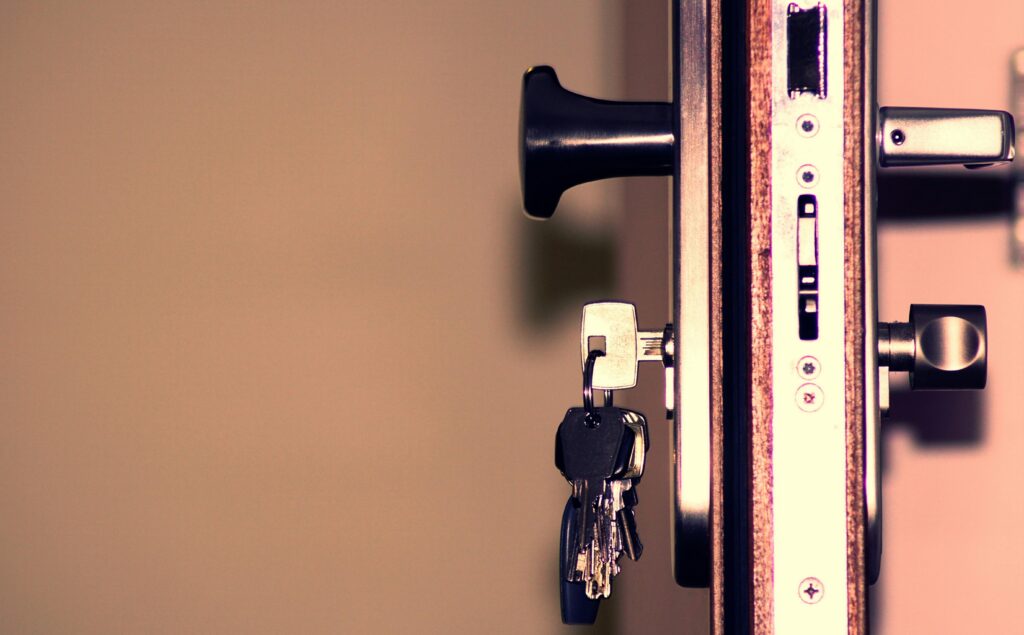
Steering the balance between enhancing security and adhering to lease agreements can be a bit tricky. When considering deadbolt upgrades, you must first review your lease agreement. Some landlords may have specific clauses about altering locks.
It’s essential to communicate with your landlord, seeking permission before making any changes. Propose a written agreement outlining the upgrade details to guarantee mutual understanding.
Always consider using a locksmith, verifying the installation meets building codes and doesn’t damage the door or frame. Opt for non-invasive upgrades, such as renter-friendly smart locks, that enhance security without violating lease terms. These locks can offer advanced security features without requiring permanent changes.
Document any changes, providing copies to your landlord. This approach maintains transparency, making sure you’re both on the same page while improving safety.
Maintaining Your Deadbolt
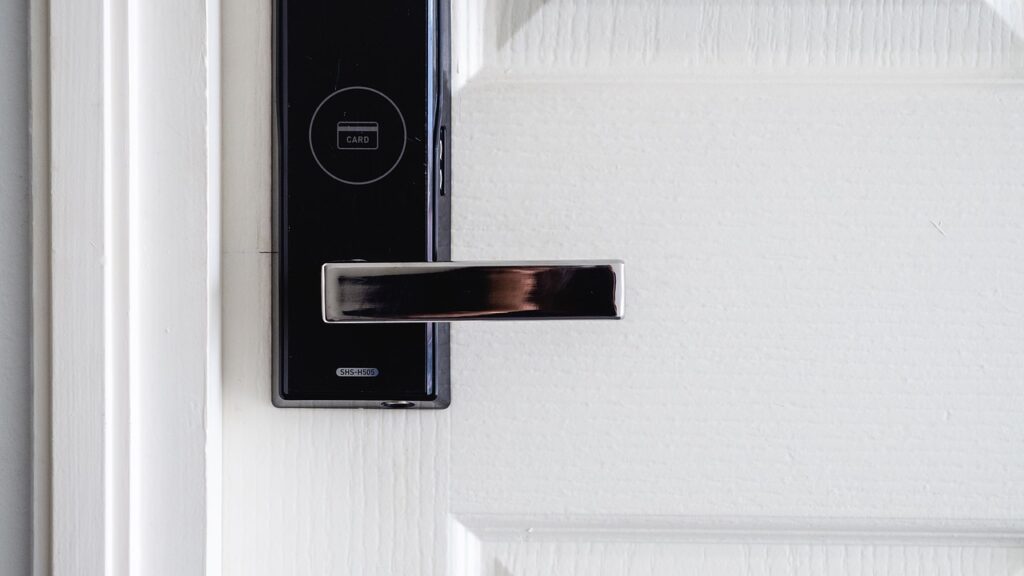
To guarantee your deadbolt functions smoothly and lasts longer, regular maintenance is key. Start by inspecting it monthly for any signs of wear or damage. A well-maintained deadbolt assures security and peace of mind. Here’s how you can maintain your deadbolt effectively:
- Clean: Use a soft cloth to remove dust and debris from the mechanism.
- Lubricate: Apply graphite or silicone-based lubricant to keep moving parts operating smoothly. Avoid oil-based products as they can attract dirt.
- Tighten Screws: Check and tighten any loose screws to keep the lock securely in place.
- Test Functionality: Regularly check if the key turns smoothly in the lock, confirming no obstructions or stiffness.
Frequently Asked Questions
Can Upgrading a Deadbolt Affect My Renter’s Insurance Policy?
Upgrading a deadbolt can impact your renter’s insurance, depending on your policy. Some insurers might offer discounts for enhanced security features because they reduce risk. You should check if your policy requires notifying them about security upgrades, as this could affect coverage. A deadbolt is a locking mechanism, stronger than a standard lock, often used to improve security. It’s best to discuss changes with your insurance provider to understand the implications.
Are There Smart Deadbolt Options Compatible With Rental Agreements?
Yes, there are smart deadbolt options compatible with rental agreements. Smart deadbolts, which can be controlled via smartphone apps or keypads, offer convenience and enhanced security. Look for models that don’t require permanent changes to the door, ensuring compliance with your lease. Options like August Smart Lock or Schlage Encode fit existing deadbolts, so you won’t need landlord approval. Always review your rental agreement to confirm any restrictions on modifications.
How Do Deadbolt Upgrades Impact Energy Efficiency?
When you upgrade a deadbolt, it typically doesn’t directly affect energy efficiency. However, a well-installed deadbolt can improve a door’s seal, reducing drafts and potentially lowering heating and cooling costs. Make certain the deadbolt fits properly to avoid gaps. While deadbolts primarily enhance security, indirectly, they can support energy efficiency by maintaining consistent indoor temperatures. Focus on installation quality, as a poorly fitted lock might compromise energy savings.
What Tools Do I Need for a DIY Deadbolt Upgrade?
For a DIY deadbolt upgrade, you’ll need several tools. Start with a screwdriver, either Phillips or flathead, depending on your current deadbolt screws. A drill with drill bits is essential for creating new holes or enlarging existing ones. Use a chisel to adjust the mortise, the pocket in the door edge that holds the deadbolt. Have a tape measure for precise measurements and a pencil for marking positions accurately.
Are There Eco-Friendly Deadbolt Options Available?
Yes, eco-friendly deadbolt options are available. Look for deadbolts made from recycled materials or those with low environmental impact during production. These might include locks with a lower carbon footprint or sustainable manufacturing practices. Some brands focus on using non-toxic finishes, reducing energy consumption in their processes. When selecting an eco-friendly deadbolt, check for certifications like LEED or Cradle to Cradle, which indicate environmentally responsible products.
